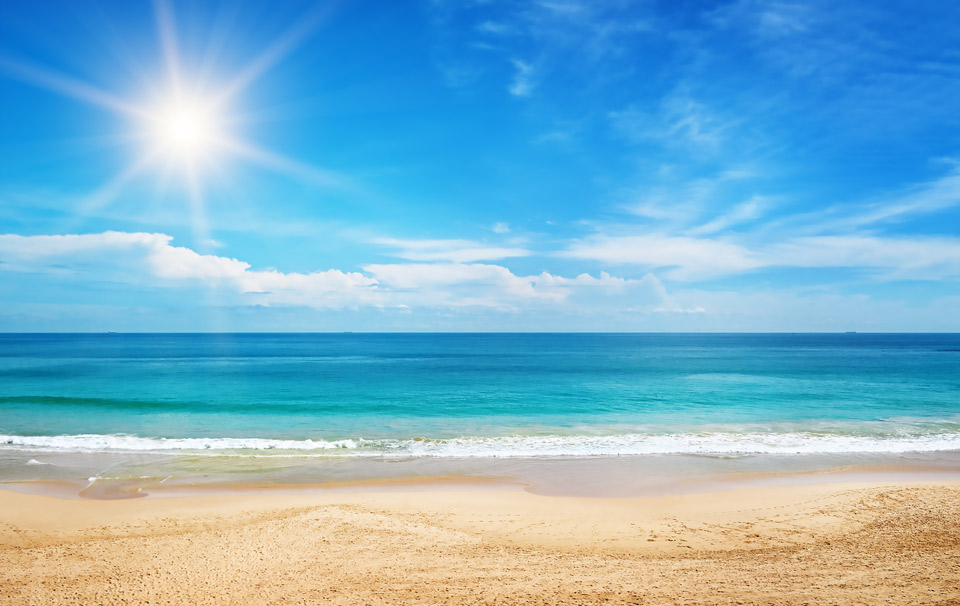It’s summertime! How to measure textile materials for their UV protection factor ?
Resistance to ultraviolet (UV) penetration is measured in a very objective manner. The principle is conceptually quite simple: a light source generating UV radiation (UVA; UVB) is used. The textile material is exposed to this radiation, and a photoreceptor is placed on the back of the textile to measure the amount of UV that passes through the textile.
Through a standardized calculation system, it is then possible to determine the level of protection the textile provides against UV radiation.
One of the challenges for manufacturers is to create textiles that are light enough while being as opaque as possible to UV radiation. Indeed, we know how to protect ourselves well from UV with a very opaque, often heavy textile, but it is not very comfortable in hot weather.
Another challenge is to ensure long-lasting protection. For example, a t-shirt will be worn several times during the summer, exposed to UV light obviously, but also to pool water, seawater, and numerous washes.
It is therefore possible to combine measurements of UV penetration resistance following repeated washes, hours of light exposure, and exposure to pool water, etc.
The UPF ratings observed on commercial clothing indicate the level of protection provided by textile materials.
AATCC 183 Standard test method classifies UPF values into three categories:
Good UV protection for a UPF of 15 to 24;
Very good UV protection for a UPF between 25 and 39;
Excellent UV protection for a UPF over 40.
NB:
- UPF50+ is the maximum value possible with AATCC 183.
- The Skin Cancer Foundation recommends a minimum of 30 for a garment to be considered UV-protective.
- Some reference method to read : AATCC 183, ASTM D6544…
CTT, at the heart of the matter


